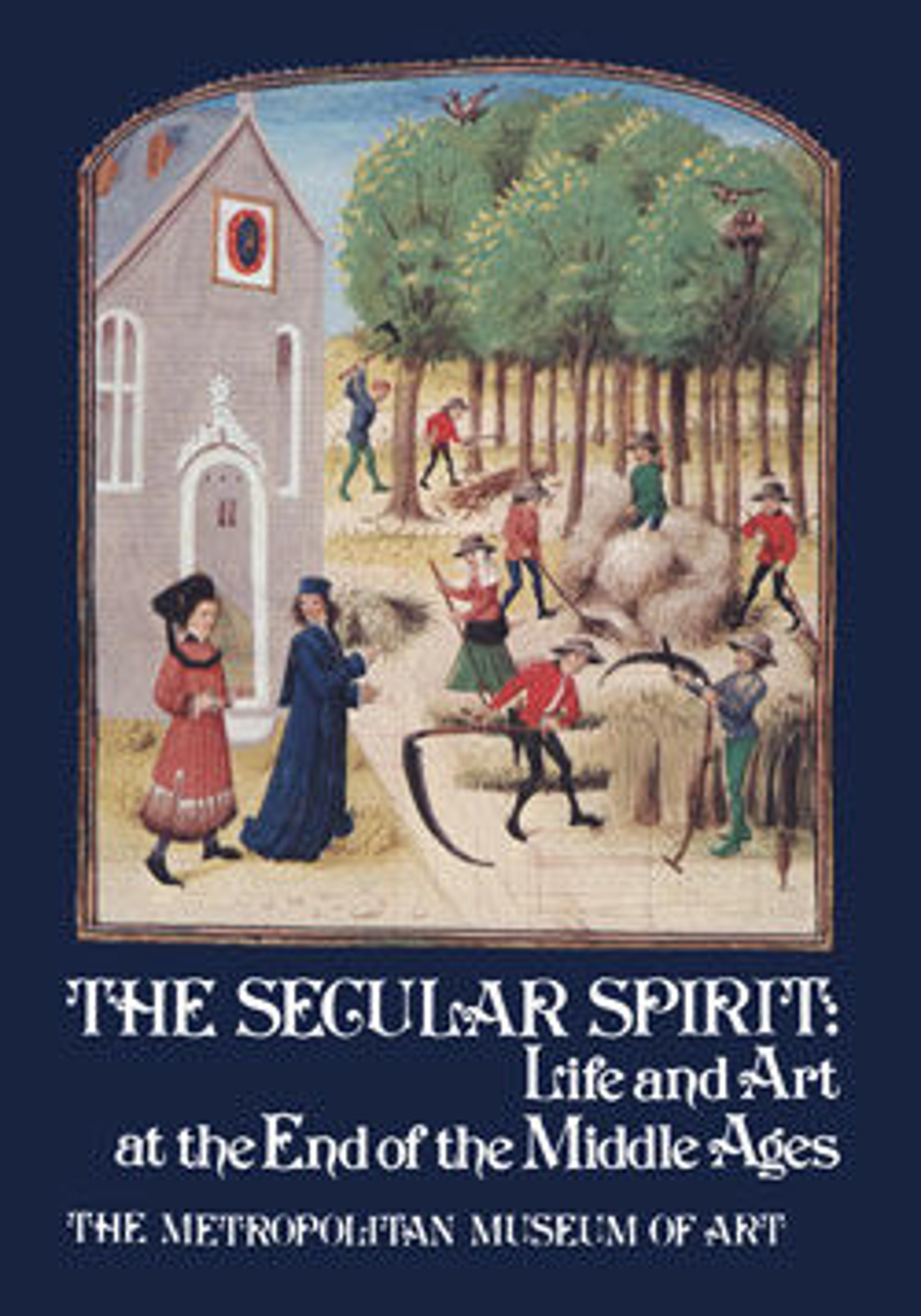Pharmacy Jar
The albarello, a vessel introduced to Spain from the Near East through the spice trade, was rapidly adopted by Valencian potters and produced in great numbers. Although the profiles of the fifteenth-century examples vary, they are all typically cylindrical, slightly concave in the center, with a sloped shoulder, a collar with a narrow-lipped mouth, and a similarly sloped bottom leading to a beveled edge base. Although earthenware covers may have been used, contemporary panel paintings illustrate the more common technique of sealing the mouth with a piece of parchment tied with a string. Generally, albarellos were labeled, not in the design, but by affixing identifying marks or inscriptions on parchment to the container. In rare cases, such as this albarello, markings were painted on and glazed. In this example, the symbol within the shield identifies the contents as a type of powder.
Artwork Details
- Title: Pharmacy Jar
- Date: 16th century
- Geography: Made in Valencia
- Culture: Spanish
- Medium: Earthenware, tin-glaze (lusterware)
- Dimensions: Overall: 12 5/8 x 6 5/16 in. (32 x 16.1 cm)
- Classification: Ceramics
- Credit Line: Bequest of George Blumenthal, 1941
- Object Number: 41.190.225
- Curatorial Department: Medieval Art and The Cloisters
More Artwork
Research Resources
The Met provides unparalleled resources for research and welcomes an international community of students and scholars. The Met's Open Access API is where creators and researchers can connect to the The Met collection. Open Access data and public domain images are available for unrestricted commercial and noncommercial use without permission or fee.
To request images under copyright and other restrictions, please use this Image Request form.
Feedback
We continue to research and examine historical and cultural context for objects in The Met collection. If you have comments or questions about this object record, please complete and submit this form. The Museum looks forward to receiving your comments.
